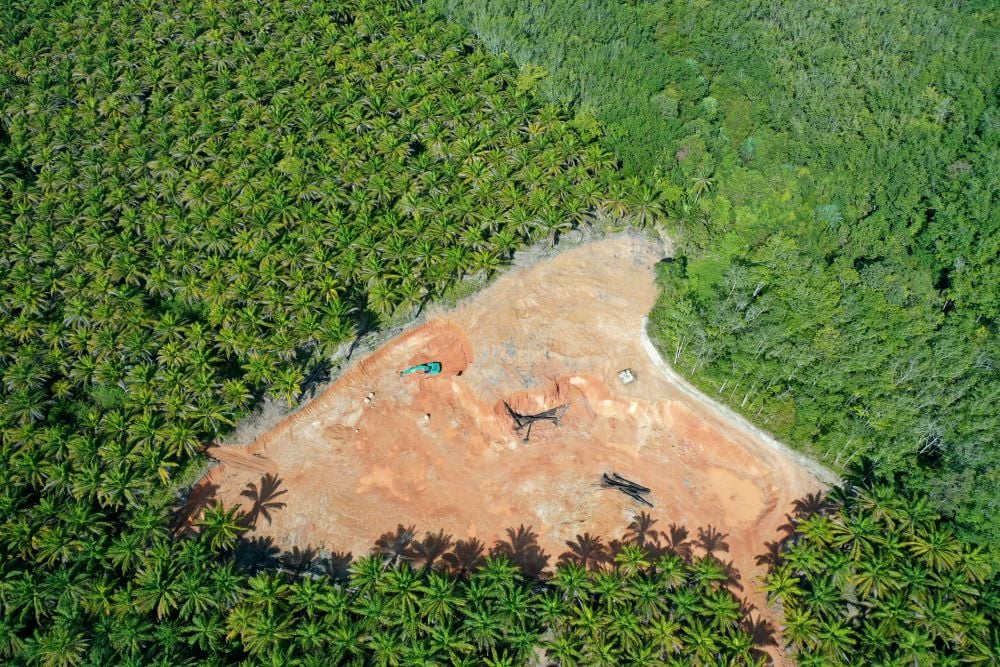Asia-Pacific industrial and logistics properties present a massive opportunity still in early innings. The majority of global institutional investors still have little to no exposure to this fast-growing, dynamic sector.
Here are four examples of the trades shaping the Asian industrial real estate markets and why we are high conviction on these investment themes:
1. The size of the urban populations across Asia are the largest globally, and both population and immigrant growth may also be the strongest over the next 10 years. This warrants significant expansions of the consumption base, which is the most fundamental driver for more new warehouse demand growth.
2. The second driver is e-commerce. The strong growth of the industry started long before the pandemic, and Covid-19 has catalyzed new growth trends which accelerate the growth of the warehouse sector. At US$2.4 trillion, the e-commerce market in Asia-Pacific is much larger than in other regions, and this growth will likely remain as the strongest.
3. The third driver is trade growth. Total trade volume has increased over the last 10 years, and the share of APAC's trade has increased to 53% in 2020. Over the last 20 years, the volume of intra-regional trade has gone from 10% above the volume of inter-regional trade to 25% above in 2020. With such strong intra-regional trade, the regions rely less on trade with other regions, and the risk coming from any potential trade tension is also reduced.
4. Warehouse supply is not keeping up with the growth of demand. Undersupply situations are a consistent theme in many markets, particularly in Japan, New Zealand, and major logistics hubs in China. One way to illustrate that is to look at Grade-A logistics space per capita, and most markets in the region, particularly Japan, are significantly lower than the United States.
China's industrial sector still has a long way to go. The scale of China's economy is massive and its growth should remain strong. Spending power in the retail market will likely expand rapidly, which may translate into substantial new warehouse demand.
The scale of the retail market in China's major economic regions is huge. An average annual growth for the retail market is expected to be above 8% for the next 10 years. The Yangtze River Delta market is expected to grow to 13 trillion yuan (US$2 trillion) by 2030 from 7 trillion yuan. The e-commerce market is already the largest in the world, and it will likely keep growing strongly. This is because many parts of China still have low internet penetrations, while the country has rapid technology development and internet acceleration that could contribute to the evolving warehouse modernizations.
For real estate investing in China, given tenant and municipal governmental relationships are very much localized, it is critical to partner with an experienced logistics operator.
Also, while China’s macro story is strong, investors must still carefully select the more dynamic cities and regions. In the Yangtze River Delta region, which accounts for over 25% of China's economy, the top cities are less susceptible to periods of oversupply.
The most attractive industrial real estate assets are large-format, modern assets and campuses averaging over 700,000 square feet to suit growing tenant demand. We also like assets targeting a domestic use case such as e-commerce, cold storage, and other uses versus other export-oriented facilities.
Over in Japan, we also like industrial real estate assets. Despite Japan being a highly developed economy, less than 10% of the total warehouse stock is classified as modern warehouse, and warehouse space per capita is the lowest in the region. Warehouse sector modernization infused the main bulk of marginal demand in the past. From 2014 to 2019, major third-party logistics companies' revenue increased by almost 30%, while e-commerce sales increased by 50%. In fact, the growth of demand in warehouse in Greater Tokyo was 15 times faster than Japan's economic growth since 2014. Modern warehouse occupancy rates have risen to critically full occupancy in Greater Tokyo as of last year, despite the supply also rising.
In addition to warehouse modernization, the growth of the e-commerce market may generate new warehouse demand. Japan's e-commerce is underdeveloped, and the pandemic has accelerated its growth.
Singapore has a more diversified spectrum of opportunities in industrial real estate investment compared to other markets. The country already benefits from being a trade hub. It has clear strategic economic policies which produce a strong, knowledge-based economy. With that, Singapore has developed a strong presence of high-tech manufacturing, and it has attracted international high-tech, pharmaceuticals, and healthcare companies to set up R&D centres, manufacturing facilities, and regional headquarters.
Singapore has the highest proportion of high-tech manufacturing in the region, which is even higher than that in the US and Germany. It should not only benefit from its own growth in e-commerce, but also from being a trade and transport hub for Southeast Asia, as well as from the rapid growth of e-commerce in the region.
As investors, we're targeting the industries that the Singapore government has prioritized and that fit their longer-term plans, particularly as industrial assets have a wide-ranging use case in Singapore, from traditional logistics to high-tech manufacturing to business parks.
The main driver of industrial real estate demand for both Australia and New Zealand is population growth, which has been strongly facilitated by a welcoming immigration policy. This growth will likely translate into rising consumption and increasing demand for logistic warehouse and other types of industrial assets like manufacturing.
There are land constraints in built-up areas, particularly in Auckland. As a result, the vacancy rate has been tight in major cities. The average market occupancy rate from 2015 to 2020 for Australian states in the eastern seaboard, as well as Auckland in New Zealand, has been very low. Demand for warehouses in Auckland has been consistently running ahead of construction over the last 10 years, and the occupancy rate has kept rising, and has reached 98% by the end of last year.
We're excited about the opportunities in Asian logistics and industrial. These sectors offer plenty of runway ahead in terms of demand drivers, combined with land constraints, and yet many institutional investors have little to no exposure to the sector.
Rob Johnson is real estate portfolio manager, Asia-Pacific, at J.P. Morgan Asset Management.









